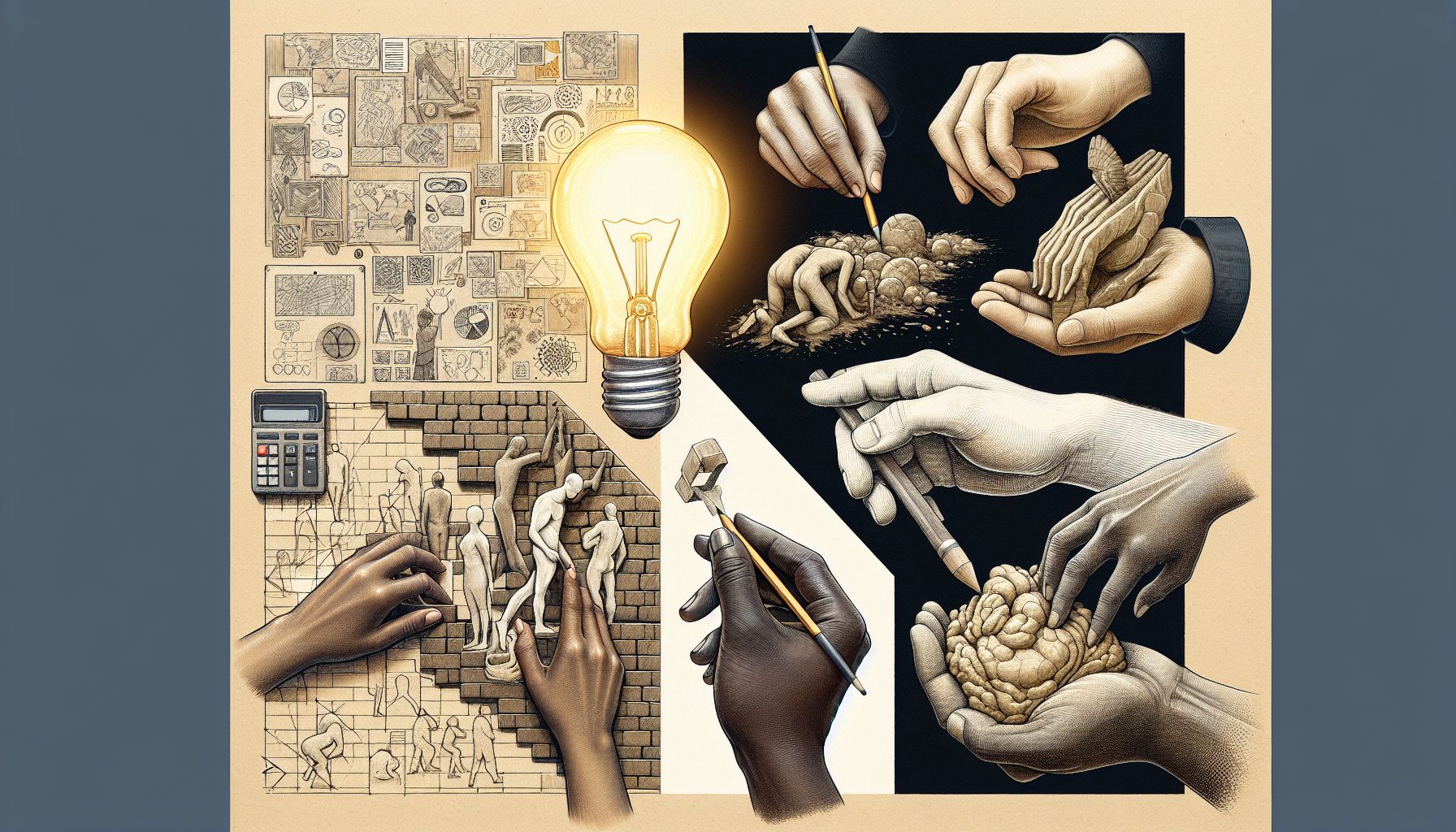Are you curious about the mysterious world of development? Perhaps you’ve heard the term being thrown around in conversations or seen it mentioned in articles, but you’re not quite sure what it really means. Don’t worry, you’re not alone! Development can be a complex concept to grasp, but once you understand the basics, it becomes much clearer. In this article, we’ll guide you through the fundamentals of development and demystify this fascinating process. So, let’s dive in!
What is Development?
At its core, development refers to the process of turning an idea or concept into a tangible reality. It encompasses numerous activities, from planning, designing, and building to testing and implementing. Development can be found in various industries, such as software, construction, and manufacturing. While the specifics may differ, the underlying principles remain the same: taking an idea and transforming it into something concrete.
The Stages of Development
Development typically consists of several stages, each with its own unique characteristics and objectives. Let’s walk through the most common phases you are likely to encounter:
-
Conceptualization: This initial stage involves brainstorming, research, and defining the scope of the project. It’s essential to gather information, analyze requirements, and determine the feasibility of the idea.
-
Planning: Once a clear concept is established, it’s time to outline the project’s roadmap. Planning involves setting goals, creating timelines, and allocating necessary resources. Attention to detail at this stage is crucial for a successful development process.
-
Design: During the design phase, the idea starts to take shape visually. Designers and programmers work together to create prototypes, wireframes, or blueprints depending on the industry. This stage acts as a blueprint for the final product.
-
Development: Here comes the meat of the process—actual development. Skilled individuals, whether they be software developers, architects, or engineers, translate the design into a functional product. This stage may involve writing code, constructing physical structures, or manufacturing components.
-
Testing: Quality assurance is an integral part of development. Testing ensures that the product meets the required standards, adheres to specifications, and functions as intended. Bugs are uncovered and fixed during this stage, ensuring a polished end product.
-
Implementation: With the product now fully developed and tested, it’s time to roll it out into the real world. This stage involves deploying the final product, training users (if applicable), and making any necessary adjustments based on feedback.
-
Maintenance: Development doesn’t end once a product is released. Maintenance entails fixing bugs, adding new features, or performing system updates to ensure the continued functionality and relevance of the product.
Key Factors for Successful Development
Several factors contribute to successful development. Let’s take a closer look at some of the key ones:
-
Collaboration: Development projects involve teamwork, often spanning across multiple departments or disciplines. Effective communication and collaboration among team members are essential to maintain synergy, overcome challenges, and align goals.
-
Flexibility: Development rarely follows a linear path, and unforeseen obstacles can arise. Adapting to changes, being open to new ideas, and staying flexible throughout the process are crucial for success.
-
Iterative approach: Many development processes follow an iterative model, meaning that each stage is cyclically revisited and refined. By continuously improving and building upon the existing work, the end product becomes better over time.
-
Clear goals and objectives: Having clearly defined goals and objectives is essential for any successful development endeavor. It provides focus, ensuring that everyone involved is working towards a common purpose.
The Impact of Development
Development plays a vital role in shaping the world we live in. From the groundbreaking innovations in technology to the construction of towering skyscrapers, development brings ideas to life and drives progress. Here are a few ways in which development impacts our lives:
-
Technological Advancements: Development in the technology industry has revolutionized our lives. It has given us smartphones, artificial intelligence, and countless other innovations that have transformed the way we work, communicate, and entertain ourselves.
-
Improved Infrastructure: Development in the construction and urban planning sectors has led to the creation of efficient infrastructure. Modern transportation systems, sustainable buildings, and smart cities are all a result of development efforts.
-
Enhanced Products and Services: Development enhances the quality and functionality of products and services we use daily. Whether it’s a user-friendly software application or a new medical device, development ensures that our lives are constantly improved and made easier.
Conclusion
Development may seem like a complex process, but at its core, it’s simply about turning ideas into reality. By following a series of well-defined stages, collaborating effectively, and staying adaptable, development can lead to extraordinary outcomes. The impact of development is all around us, shaping the world we live in and enriching our lives with innovative solutions. So the next time you hear the term “development” being mentioned, you’ll know it’s about taking an idea and transforming it into something amazing.
